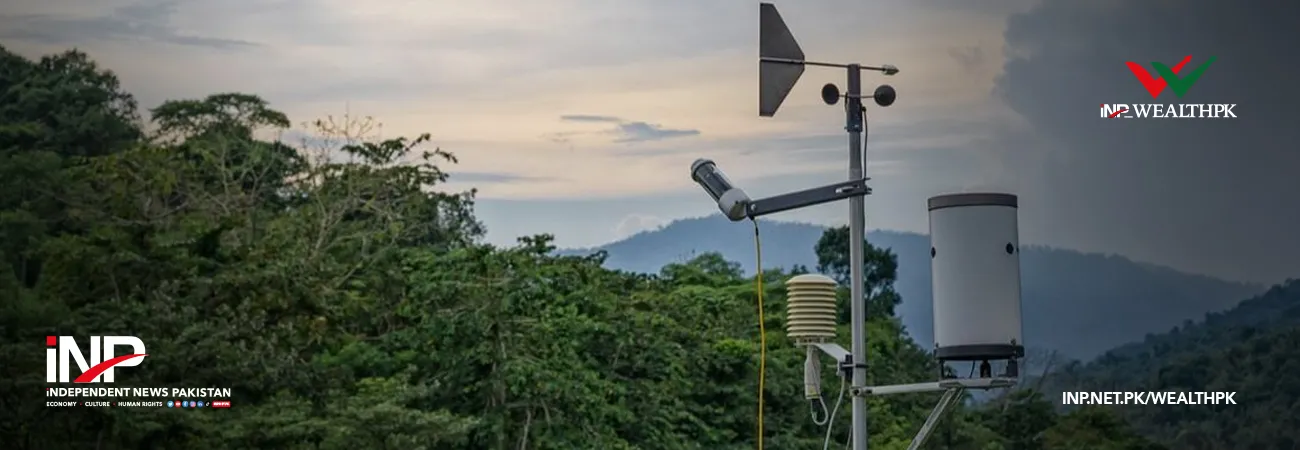INP-WealthPk
Muhammad Saleem
Just days after the Punjab government rolled out artificial intelligence systems to monitor smog levels in Lahore, experts hailed the initiative as a long-awaited step toward evidence-driven environmental management. However, they warned that technology alone cannot clean the air unless paired with practical measures and public cooperation.
Former Environment Department officer Shaukat Ali told Wealth Pakistan that the government’s digital monitoring network — which connects several factories to a central emissions-tracking system — marks a decisive shift from manual inspections to real-time data collection. “This is an encouraging start. With time, technology will replace traditional methods, helping us identify violators instantly and respond faster,” he said.
Ali noted, however, that enforcement remains crucial. “Action must follow data,” he stressed, adding that mill owners and industrial operators found polluting the air should face immediate penalties. “It is the need of the hour to eliminate the factors making the environment hazardous.”
He emphasized that smog control cannot succeed without community participation. “The government can set rules, but the public must also play its part — by maintaining vehicles properly, avoiding waste burning, and adopting cleaner lifestyle habits,” he said. According to officials in the Environment Department, the province is now relying on a suite of technological tools — AI forecasting, data analytics, drone surveillance, and super-sensors to strengthen air-quality enforcement.
Deputy Director Ali Ijaz said the department had also deployed 15 fog cannons across major roads, construction sites, and traffic choke points to suppress airborne dust. “Our aim is to monitor, predict, and reduce pollution simultaneously,” he said.
Yet experts cautioned that high-tech tools cannot address the city’s deeper structural causes of smog. Shaukat Ali pointed out that poorly maintained roads and traffic bottlenecks remained a major source of emissions. “When vehicles stop or idle at damaged road sections, fuel consumption increases — and so does pollution,” he explained. Repairing infrastructure, he said, should be treated as an environmental priority, not just a transport issue.
According to technology specialists, AI’s biggest strength lies in its ability to process massive volumes of sensor data and forecast risk patterns invisible to human observers. Mohsin Ali, an IT expert, told Wealth Pakistan that “AI can handle data from countless sensors, detect trends humans might miss, and even predict pollution spikes caused by traffic, industrial output, or changing weather.”
“Once such insights are available,” he added, “officials can react in a timely and targeted way — closing factories, diverting traffic, or issuing health warnings before air quality deteriorates.” However, he and other experts agreed that data must translate into swift, visible action. Without consistent enforcement, transparency, and civic engagement, Lahore’s smog problem may persist regardless of technological sophistication.
For now, the government’s AI system has given environmental monitoring a sharper edge — but its success will depend on how quickly data turns into decisions, and whether both citizens and institutions can come together to make Lahore breathe a little easier.

Credit: INP-WealthPk













